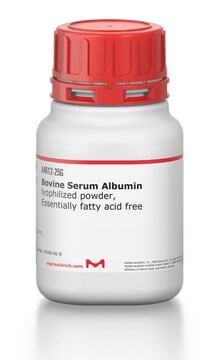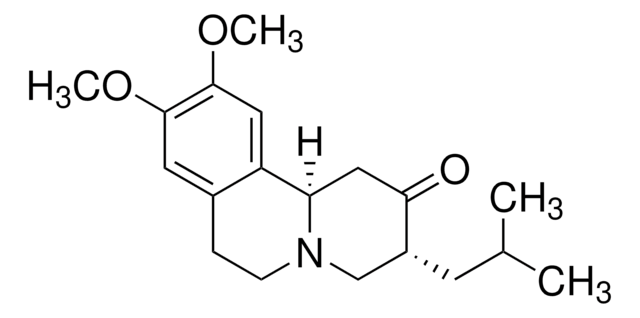T8694
TrkB/Fc Chimera human
>90% (SDS-PAGE), recombinant, expressed in NSO cells, lyophilized powder
Select a Size
Select a Size
About This Item
Recommended Products
biological source
human
Quality Level
recombinant
expressed in NSO cells
Assay
>90% (SDS-PAGE)
form
lyophilized powder
potency
0.1-0.4 μg/mL ED50
mol wt
120-130 kDa by SDS-PAGE (reducing)
calculated mol wt 71 kDa
packaging
pkg of 100 μg
storage condition
avoid repeated freeze/thaw cycles
technique(s)
western blot: suitable
Application
Biochem/physiol Actions
Other Notes
Physical form
Reconstitution
Analysis Note
Storage Class Code
11 - Combustible Solids
WGK
WGK 3
Flash Point(F)
Not applicable
Flash Point(C)
Not applicable
Regulatory Listings
Regulatory Listings are mainly provided for chemical products. Only limited information can be provided here for non-chemical products. No entry means none of the components are listed. It is the user’s obligation to ensure the safe and legal use of the product.
JAN Code
T8694-VAR:
T8694-100UG-PW:
T8694-BULK:
T8694-100UG:
Choose from one of the most recent versions:
Certificates of Analysis (COA)
Don't see the Right Version?
If you require a particular version, you can look up a specific certificate by the Lot or Batch number.
Already Own This Product?
Find documentation for the products that you have recently purchased in the Document Library.
Our team of scientists has experience in all areas of research including Life Science, Material Science, Chemical Synthesis, Chromatography, Analytical and many others.
Contact Technical Service





